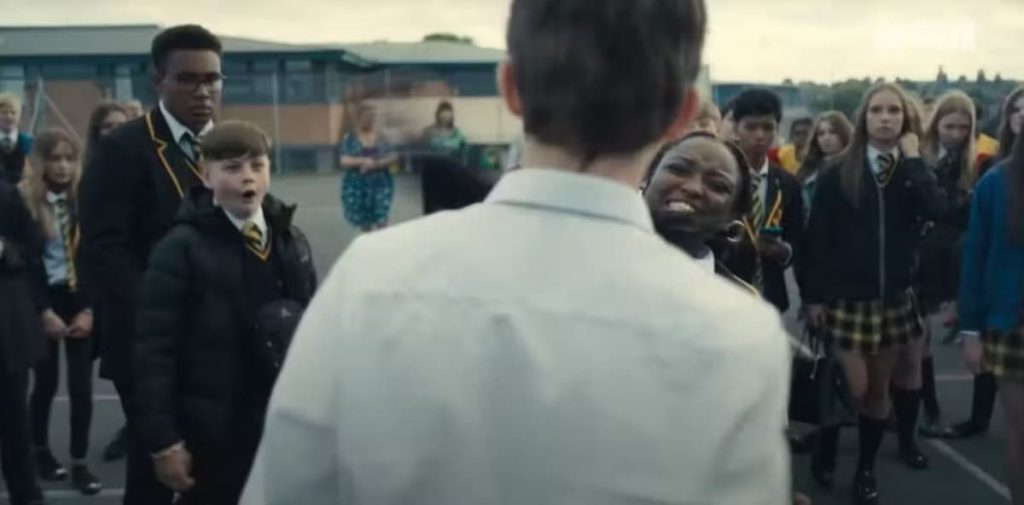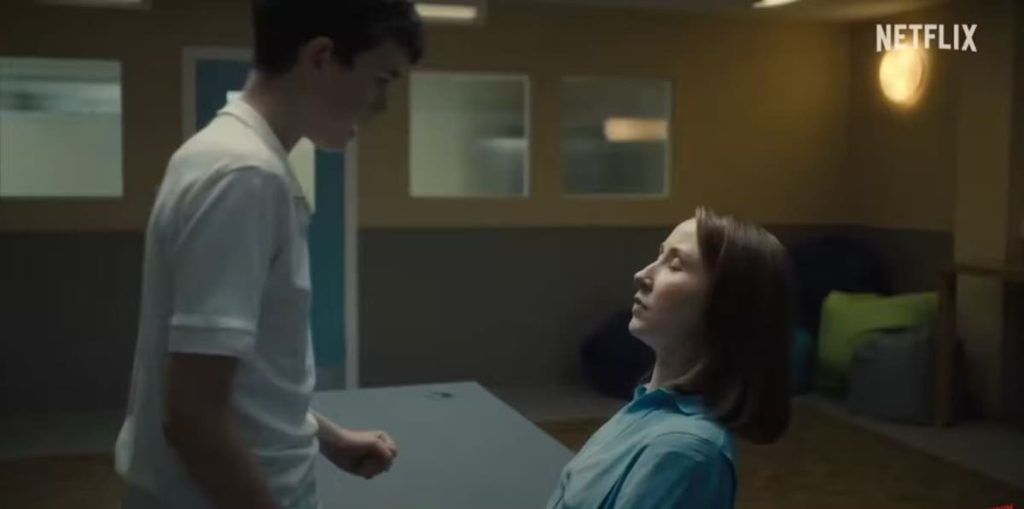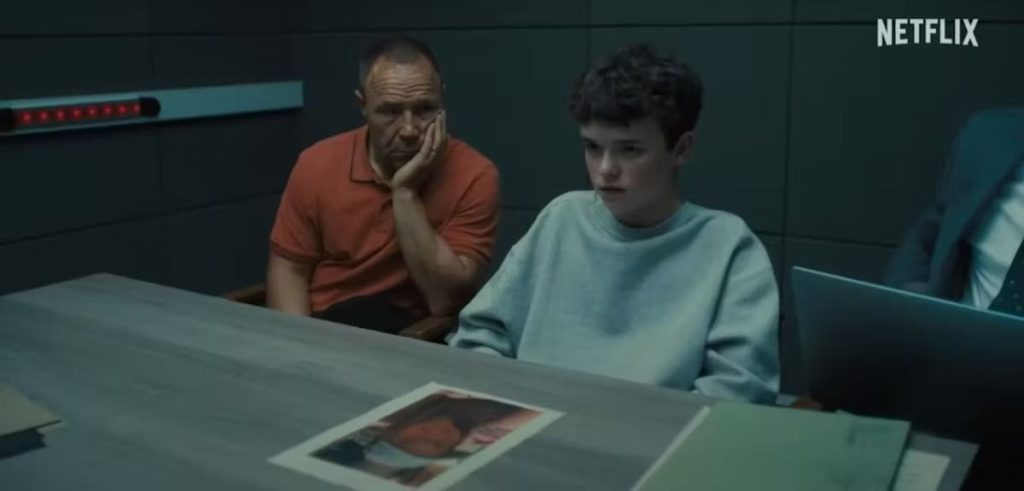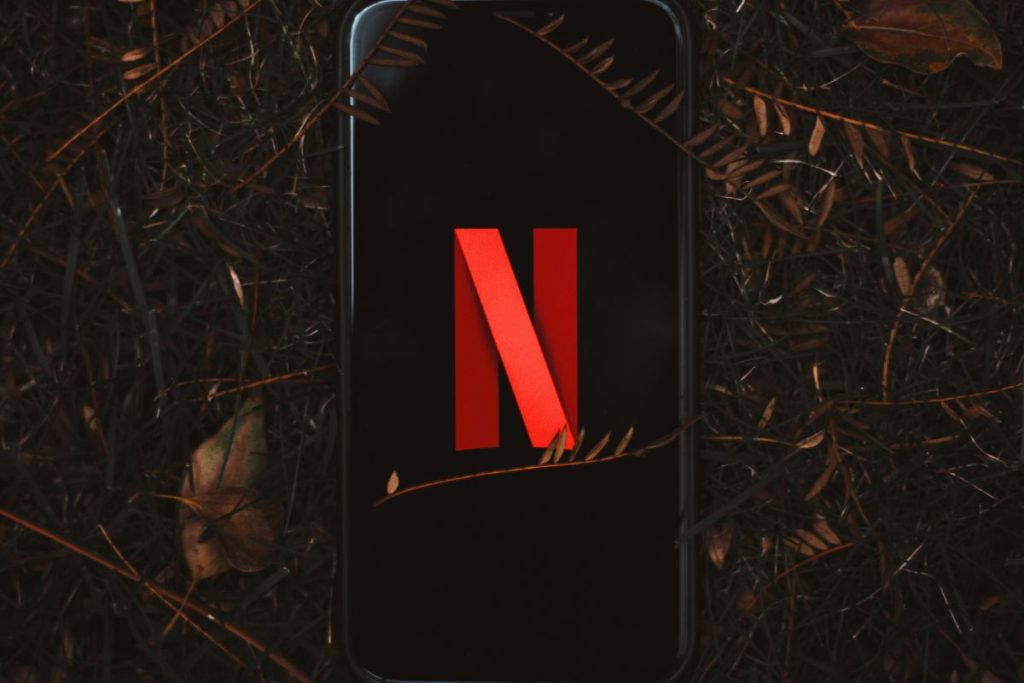In today’s world, teen dramas often serve as a mirror reflecting the complexities of adolescence, and Adolescence is no exception. With its raw, realistic portrayal of difficult topics such as cyberbullying, mental health, and toxic ideologies, the show has caught the attention of educators. In fact, the French Ministry of National Education recently announced that select scenes from the series will be analyzed in classrooms. These moments not only resonate with young audiences but also provide valuable lessons on the challenges teens face today. Let’s dive into three standout scenes that are both captivating and thought-provoking enough to be studied in schools.
Powerful Scenes from Adolescence That Could Spark Classroom Discussions
In the world of teen dramas, few shows capture the raw and often uncomfortable truths about adolescence like Adolescence. This series, which has gained significant attention for its portrayal of online hate, bullying, and the complexities of growing up in the digital age, has recently been singled out by Elisabeth Borne, France’s Minister of National Education, who announced that certain episodes will be studied in classrooms. After all, the show dives deep into the kind of issues young people face today—issues that teachers and students can discuss in an informed, meaningful way. Here are three standout scenes that could easily be part of a class curriculum.
The Emoji Scene: Unmasking the Hidden Language of Hate
One of the most gripping and educational scenes in Adolescence involves a father, an investigator, learning from his son about the secret meanings behind emojis used by two characters: Katie, the victim, and Jamie, the perpetrator. What seems like harmless emoji use at first turns out to be part of a larger, dangerous subculture known as the “incels” — a group of men who promote violence against women and misogynistic ideologies. Emojis like the “100” are used to reference the 80/20 rule, a disturbing theory about men and women that glorifies a toxic, gendered view of relationships.
This moment is eye-opening for the investigator, who is initially oblivious to these hidden meanings despite his job. The scene also serves as a pivotal turning point in the show, as the father begins to understand his own son’s struggles with online hate and the harmful effects of social media. As the father and son share a quiet, tender moment afterward, it opens the door to deeper conversations about cyberbullying and the impact of digital life on mental health. This scene, ripe for classroom analysis, sheds light on how online spaces can foster hate and manipulation, while also encouraging dialogue between generations about their differing views on the internet.
The Schoolyard Fight: A Vivid Look at Violence and Teen Isolation
Another standout moment occurs when Jade, a friend of the victim, confronts Ryan, a friend of the murderer, in a violent outburst at school. The scene captures Jade’s anger and sorrow after the traumatic events, and her frustration at the adult world’s inability to understand her feelings. This moment illustrates the profound sense of isolation that many teens feel, particularly when they are ignored or misunderstood by adults who fail to address their emotions properly.
The aftermath of the fight reveals another harsh reality: the normalization of violence in schools. As Ryan lies on the ground, the other students laugh and mock him, showing how desensitized they’ve become to aggression and cruelty in the school environment. The scene’s portrayal of the broken communication between students and teachers provides an excellent opportunity for discussion about the role of educators in identifying and preventing bullying. Teachers can use this as a way to address the importance of listening to students, creating supportive environments, and breaking the cycle of violence that many teens witness and experience.

Jamie’s Confession: Understanding the Root of Violent Behavior
Perhaps the most thought-provoking and intense scene comes in the third episode when Jamie, the murderer, faces off with a psychologist in a tense, emotional moment. During the session, Jamie reveals his frustrations, anger, and the toxic ideologies he’s been exposed to, including online harassment and the incel movement. This scene gives insight into the deep psychological wounds Jamie carries, explaining the root causes of his violent actions.
Although Jamie never directly admits to the crime, his emotional outbursts and his self-justifications expose a disturbing side of his psyche, illustrating how toxic masculinity can take root in young people. His lack of remorse and his inability to see the humanity in others make his violent behavior all the more chilling. For students, this scene offers a chance to explore complex themes like gendered violence, the dangers of extremist ideologies, and the importance of mental health support. It can also be a starting point for discussions about how to prevent such tragedies by addressing emotional distress early on and challenging harmful beliefs.

Why These Scenes Matter in Classrooms
The realism of these scenes—showing both the complexity of adolescent life and the dangers of unchecked emotions and ideologies—makes them ideal for classroom discussions. Not only do they provide insight into the personal struggles of the characters, but they also encourage students to critically examine the world around them. Social media, bullying, mental health, and gender dynamics are topics that resonate deeply with today’s youth, and these scenes serve as a perfect entry point to discuss these issues openly and thoughtfully.

As Adolescence continues to captivate audiences, it’s clear that its portrayal of teenage life holds valuable lessons. These moments are not just television drama; they reflect the struggles and issues teens face every day. By incorporating scenes like these into educational settings, teachers can foster a deeper understanding of modern challenges and encourage students to think critically about the world they live in.



